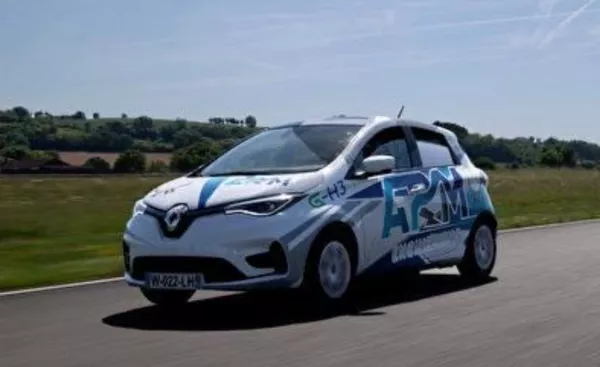With the continuous popularity of new energy models, electric vehicles have become another choice for many people when buying cars. But in fact, in addition to electric vehicles, hydrogen powered vehicles are also part of new energy vehicles Recently, a team of French engineers broke the record for the longest distance traveled by a hydrogen powered car. The car traveled more than 2000 kilometers in three days, surpassing the previous record set by Toyota, and powered by a bio methanol fuel from fecal biomass

Renault Zoe electric vehicle for test
This biofuel, called g-h3, is developed by arm engineering, a French transportation research and development company, and is made through biomass methanation process. The process uses non edible biomass, such as plant residues and feces, to turn it into fuel to power automobile batteries. This substance is similar to the E85 fuel in the United States, which is composed of 85% corn based ethanol and 15% gasoline. However, unlike the latter, g-h3 does not contain fossil fuels, which also means that it can achieve zero emissions when using its hydrogen production to power cars, so it is more environmentally friendly than E85 fuel containing gasoline.

G-h3 fuel
In order to demonstrate the effectiveness of g-h3 fuel, the arm engineering team tested a modified Renault Zoe electric vehicle and successfully broke the mileage record of hydrogen powered vehicle. Over a three-day period, five drivers took turns driving the prototype around one lane. Finally, the team broke the 1360km hydrogen powered vehicle record set by Toyota Mirai in the United States, and greatly increased the range to more than 2000km.
As the most abundant element in the universe, hydrogen fuel technology based on hydrogen has great potential in the future energy field. Because converting hydrogen into electricity will not produce carbon emissions, it is also of great significance for global low-carbon environmental protection. This technology of the team may be of great significance in the field of hydrogen powered vehicles in the future.